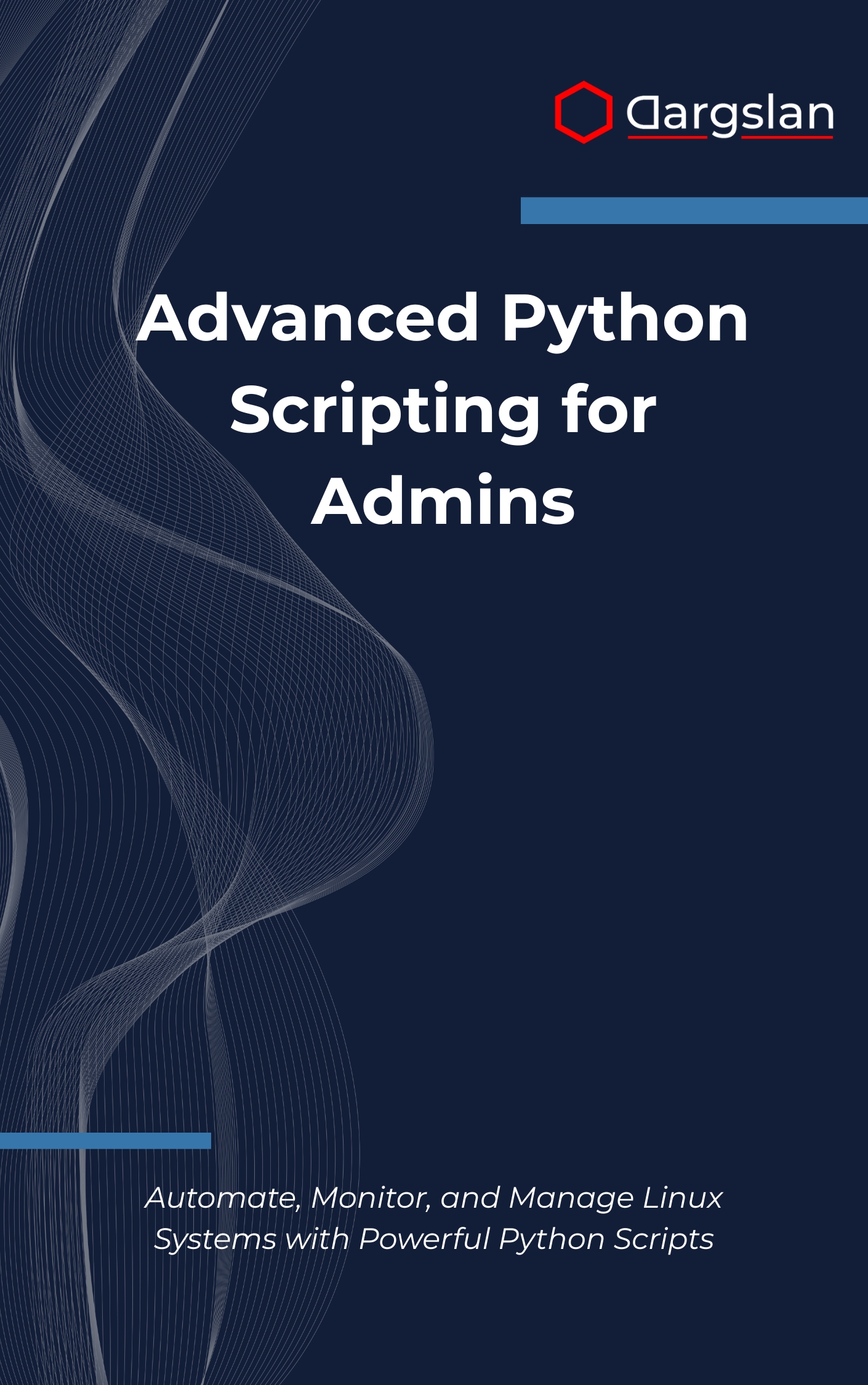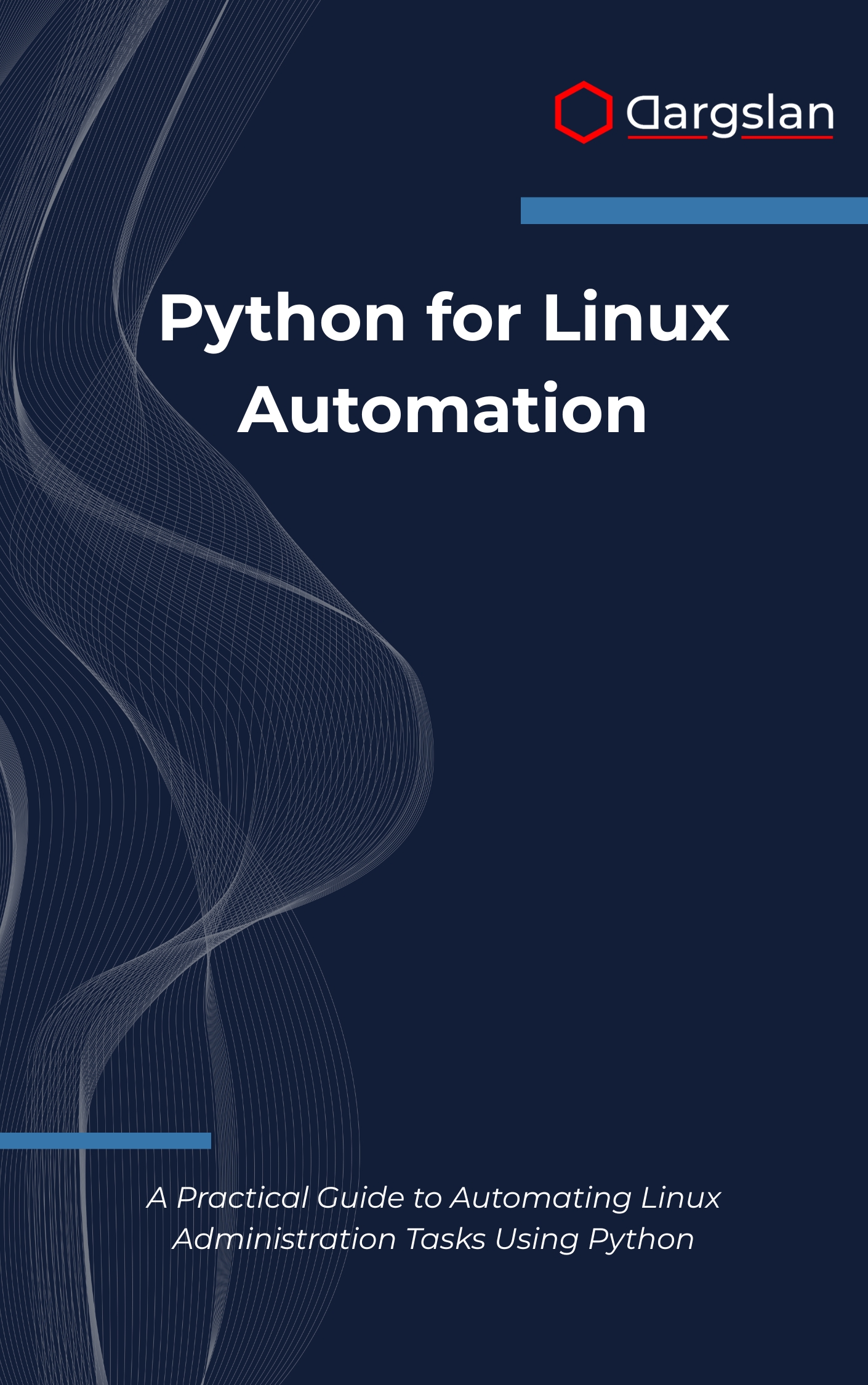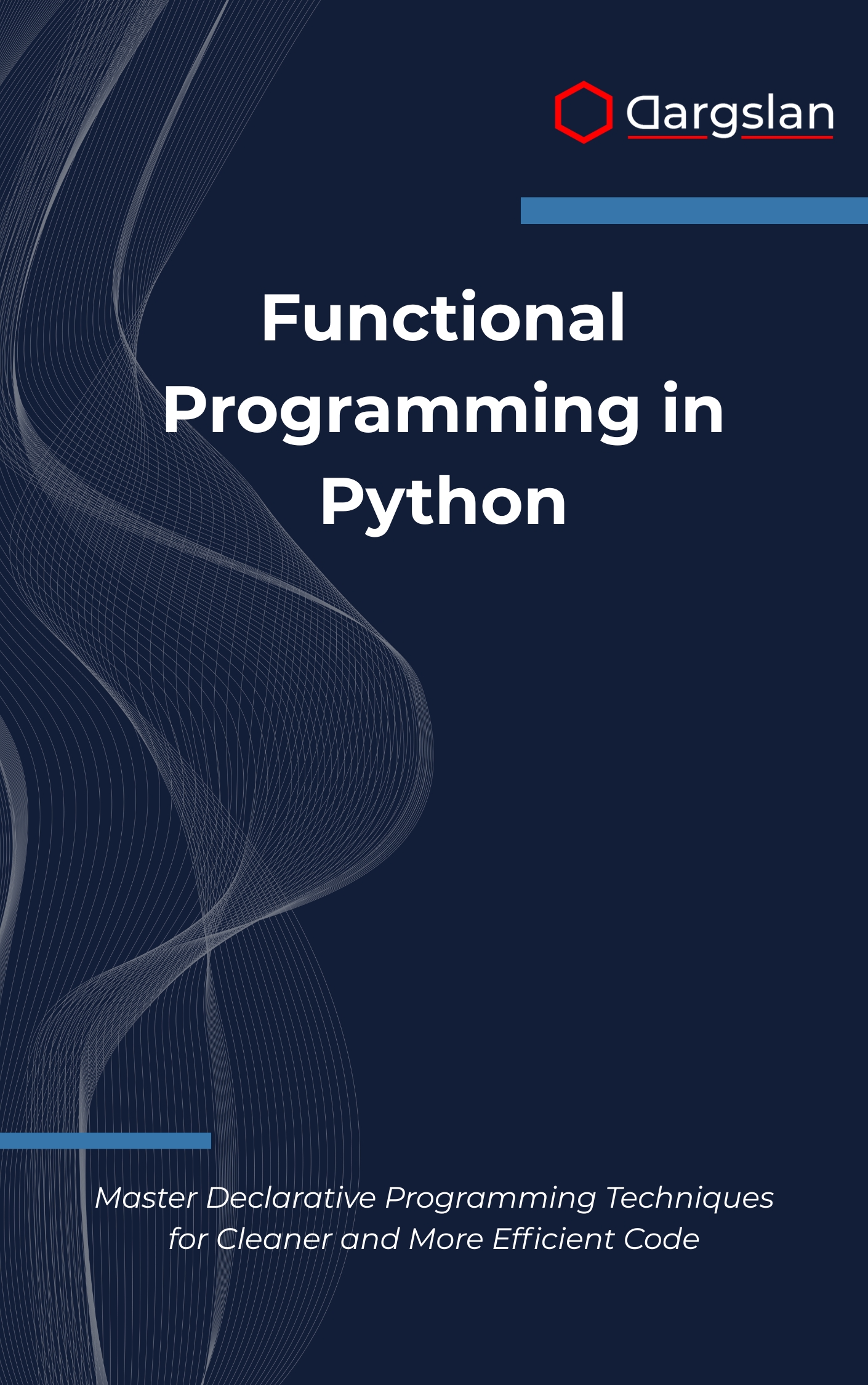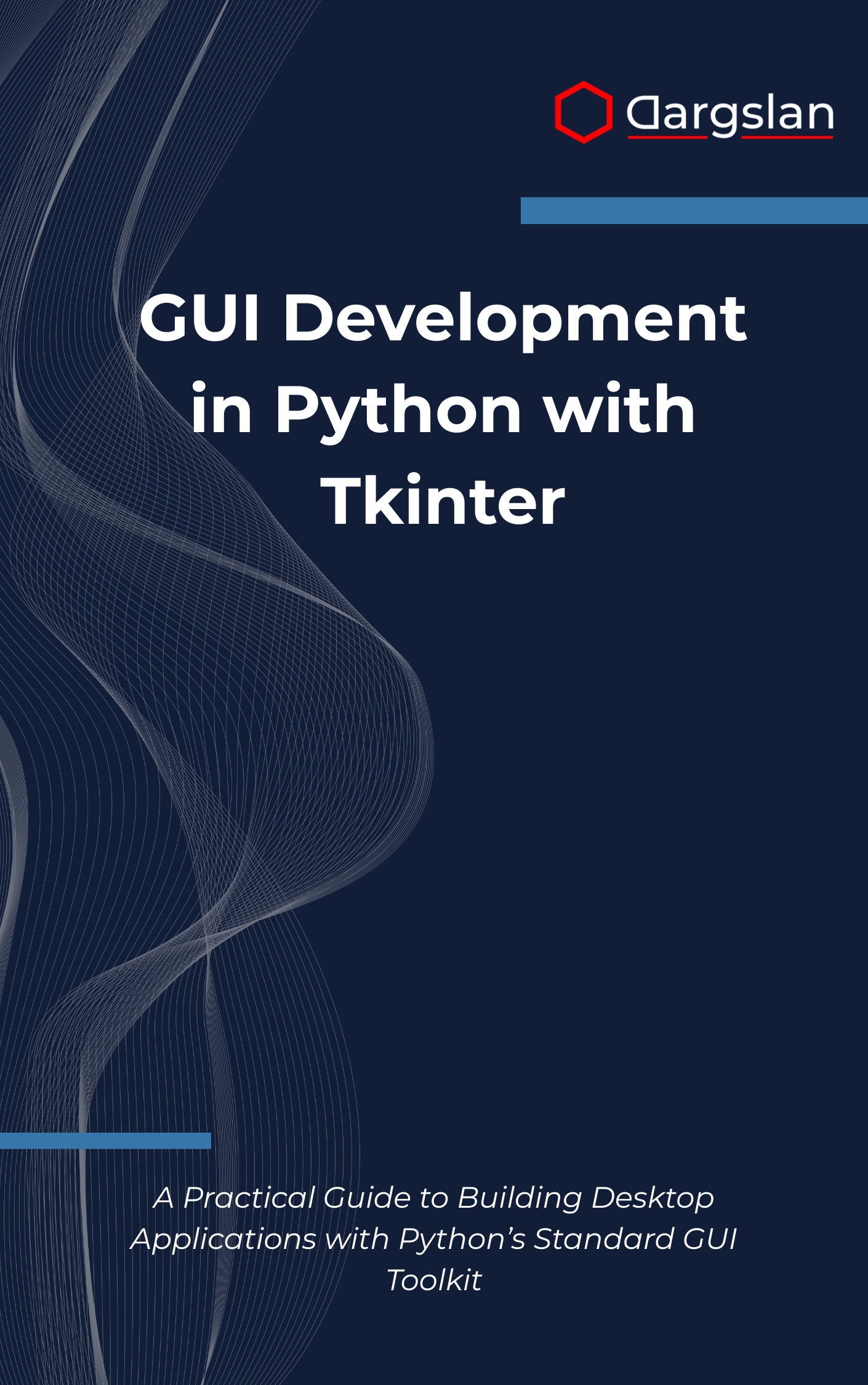Regex in Python: From Basics to Mastery
Python for System Administration: Use Python to Manage and Monitor Linux Systems,Manage Linux servers efficiently with Python scripts and automation tools.
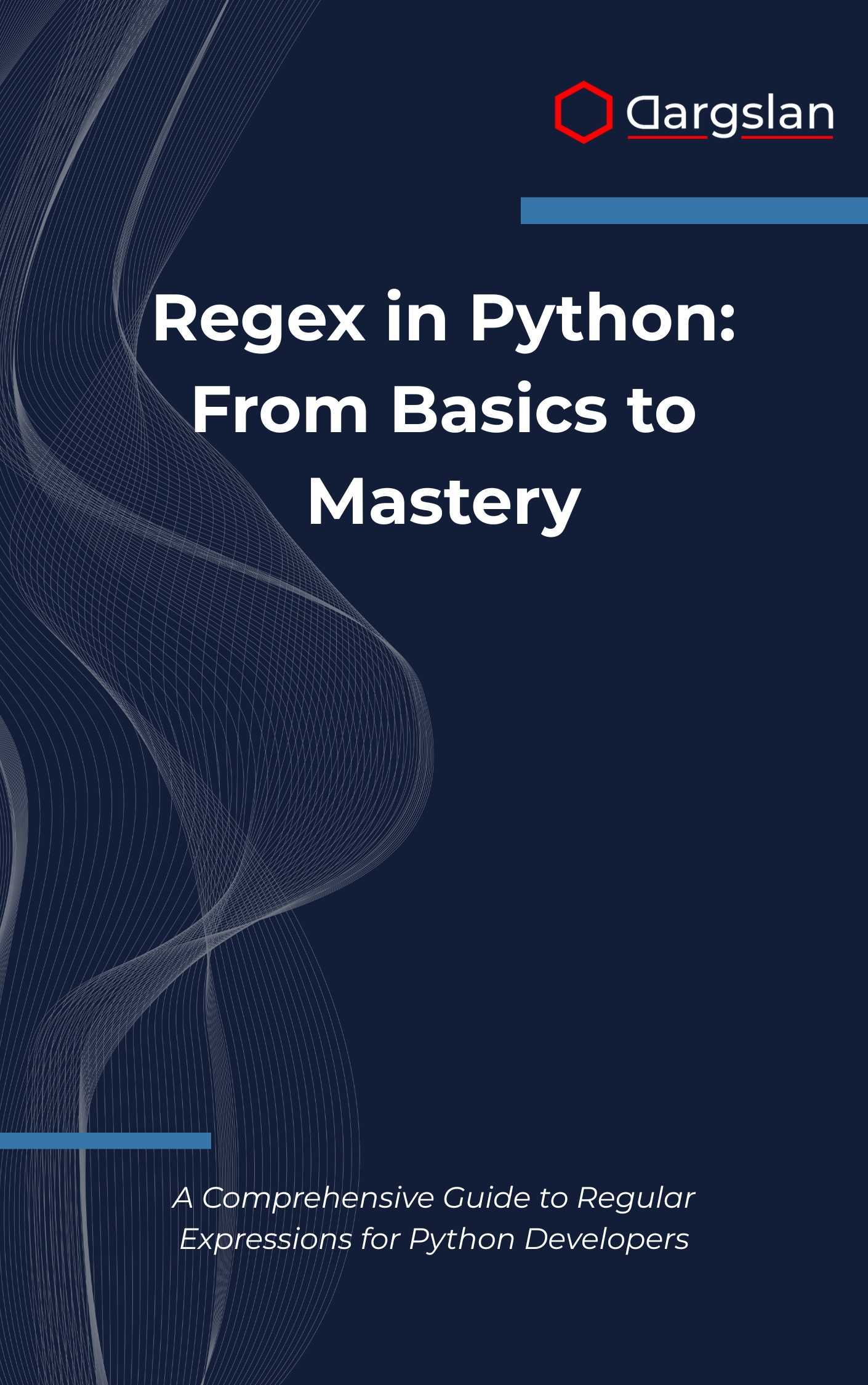
Regex can feel intimidating—until you see it unlock hours of tedious parsing in just a few characters. This Python-focused guide shows you how to turn that power into reliable, production-grade patterns that make your data pipelines, web apps, and automation scripts smarter and faster.
A Comprehensive Guide to Regular Expressions for Python Developers
Overview
Regex in Python: From Basics to Mastery is A Comprehensive Guide to Regular Expressions for Python Developers—an IT book, programming guide, and technical book crafted specifically for the Python ecosystem. It covers regular expression fundamentals, the Python re module, pattern syntax and metacharacters, quantifiers and repetition, grouping and capturing, string matching and validation, findall and finditer functions, text substitution with sub(), string splitting with delimiters, advanced grouping techniques, lookaround assertions, pattern compilation and optimization, Unicode text processing, regex debugging and testing, web scraping applications, log file parsing, data validation systems, performance optimization, and integration with Python libraries like pandas, BeautifulSoup, and Django.
Who This Book Is For
- Python beginners and self-taught coders who want to stop guessing with patterns and start writing regex confidently—learn the mental models that turn cryptic symbols into readable, dependable text-processing tools.
- Data engineers, analysts, and web scrapers who need robust extraction and cleaning pipelines—discover how to combine regex with pandas and BeautifulSoup to build repeatable, scalable workflows that handle noisy real-world data.
- Backend developers and QA/test automation pros working with frameworks like Django or microservices—ship faster using battle-tested validation rules, log file parsing strategies, and performance-aware patterns; level up your toolkit and deliver cleaner, more reliable code.
Key Lessons and Takeaways
- Design precise, readable patterns using anchors, character classes, and named groups to validate emails, URLs, identifiers, and domain-specific formats with fewer false positives.
- Master the full re API—search(), match(), findall, finditer, sub(), and split—along with compiled patterns and flags to accelerate text processing and reduce bugs across codebases and services.
- Optimize performance and reliability with precompilation, atomic thinking about quantifiers, and lookaround assertions; debug faster with verbose mode, test harnesses, and reproducible cases that scale to Unicode and large datasets.
Why You’ll Love This Book
This guide strips away the mystery with step-by-step explanations, side-by-side pattern breakdowns, and real Python examples that mirror the work you do every day. You’ll move from quick wins to advanced techniques without losing clarity, thanks to concise explanations, practical checklists, and production-minded best practices. From data validation to web scraping and log analysis, each chapter turns regex theory into solutions you can plug into real projects.
How to Get the Most Out of It
- Start with core concepts to solidify your intuition—metacharacters, character classes, grouping, and quantifiers—then progress into lookarounds, Unicode text processing, and pattern compilation and optimization. Revisit fundamentals as you tackle advanced chapters to keep your patterns clean and maintainable.
- Apply each topic to your current work: validate input at your API boundaries, clean CSVs before loading them into a database, or extract fields from semi-structured logs. Use Python’s re flags and compiled objects to make your patterns explicit, efficient, and easy to reuse.
- Build mini-projects that reflect common use cases: a command-line log parser that tags severity and timestamps, a web scraping routine that normalizes product data, or a data validation library for form inputs. Add unit tests with known edge cases to ensure your patterns hold up under real-world pressure.
Get Your Copy
If you’re ready to stop wrestling with strings and start shipping faster, more reliable Python code, this is your step-by-step path to regex fluency. Learn patterns that read well, run fast, and scale from quick scripts to production systems.

